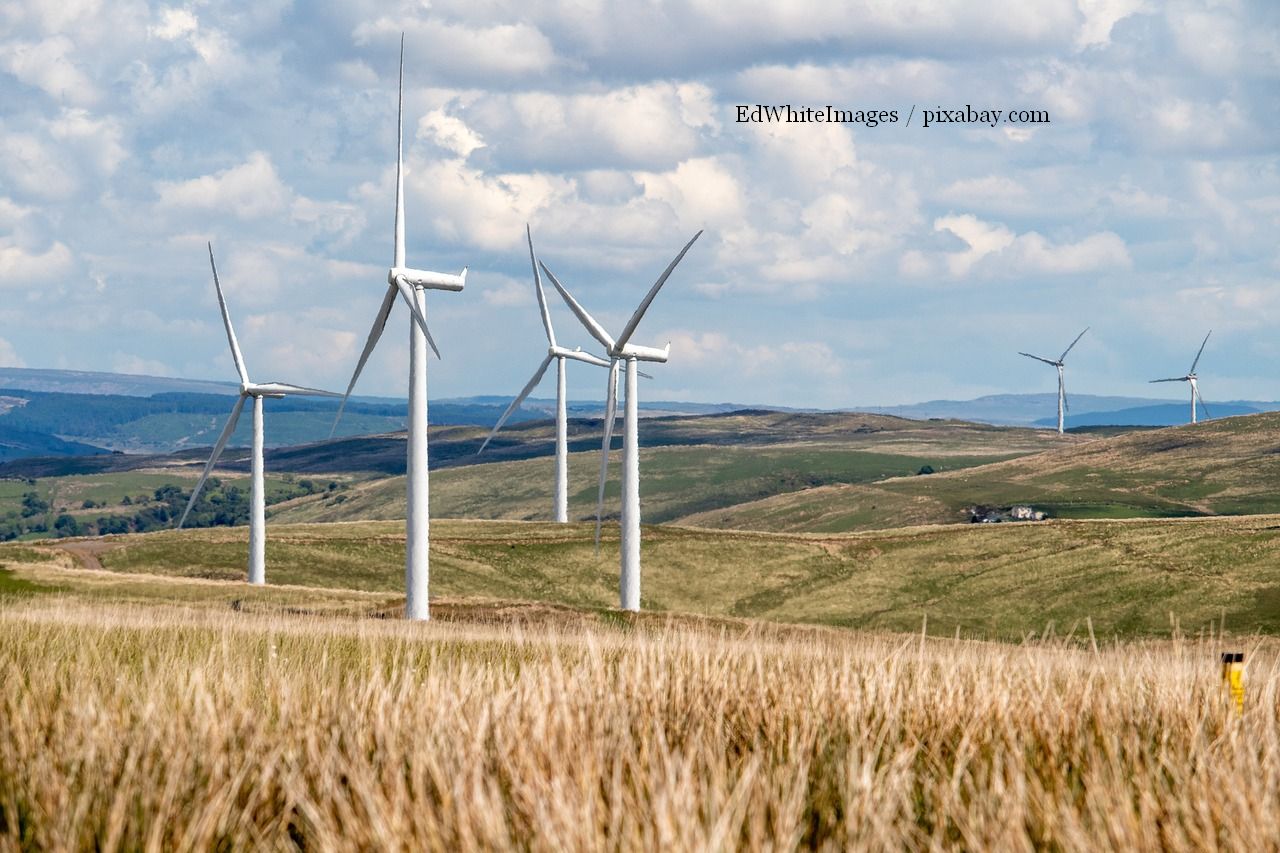THE FUTURE STARTS TODAY
Romania needed about 5 to 6 years to recover economically in previous crises, such as the one in 1996-1997, or the one that emerged in 2008-2009

Corina Cristea, 14.01.2022, 13:19
Romania needed about 5 to 6 years to recover economically in previous crises, such as the one in 1996-1997, or the one that emerged in 2008-2009. This time around, the countrys GDP managed to spring back to its pre-pandemic level in a relatively short time, about a year and a half. Centralized data show that, after the Romanian economy dropped by 3.7% in 2020, it recovered speedily, with a pace of growth of 6.3% by the end of last year. This very fast recovery, however, comes with inflation, both domestically and internationally. An analysis of the economic prospects in 2022 has to take into account the level of inflation, which is growing, boosted by prices for energy and the demands for wage increases that will emerge in the coming year to cover the rise in prices across the board. This is what analysts call an inflationary loop. Also, the trade deficit is rising as well, and budget deficits do not look good at all either. As a result, Romania is in an excessive deficit procedure. 2022 should be a year of structural reforms, but will surely be a year of contrasts, with a deepening of economic unbalance, as shown by an expert analysis. The prospects for the new year shows an a deepening gap between prices and wages, which will cause a lowering of the standard of living, a higher discrepancy between the public and private sector, between promises and reality, between the haves and have nots. This was explained for Radio Romania by Adrian Negrescu, economic consultant:
“This is a year of contrasts, because there will be a high difference between the rise in prices and incomes generally, between the way in which certain branches of the economy grow, some more than others. Some sectors will grow in 2022, others will not, because of this narrowing of experts by the day, as a result of this COVID pandemic that just wont go away. This will be a year of contrasts between state employees and private sector employees. Let us not forget that in the state sector salaries were frozen. Even though purchasing power is dropping, state employees get certain incentives, such as food and vacation vouchers, and have a guaranteed income, while in the private sector the chances of getting better wages in 2022 are lower by the day, considering the challenges raised by inflation and financial blockage.”
Even though 2021 should be the year of structural reforms in administration, in state companies, in the state budgeted sector in general, also in pensions, healthcare, education, etc., for various reasons, the calendar of reforms has been postponed. The solution was to include the majority of these in the National Plan for Recovery, as an essential condition for obtaining European money, according to an expert company. The only so-called reform that had an impact was the complete liberalization of the energy market, which unfortunately led to significant economic problems. We asked Adrian Negrescu how economic sectors will fare in 2022. He said that online commerce and connected businesses will do quite well, as well as medical clinics:
“I expect a significant growth in farming as well. If the weather will be clement, we may have agricultural production similar to the previous years, when we had growth compared to the previous period. Export deficits will grow, so that companies that deal with exports will be in the losing area. What will grow will be the IT sector, which continues to be a vector for economic growth. Generally speaking, many sectors will not have access to what we would wish for them, to economic growth and financing, which is the greatest problem in many areas. The hospitality industry will still maintain a holding pattern, of survival, just as in 2020 and 2021. As such, some sectors will grow, others will shrink, this is an economy running on many gears, and I think that the problems is that many companies may be forced to shut down. In 2021 we had almost 100,000 companies that could not cope with the economic environment, and I expect that in 2022 the number of SMEs that collapse will reach record figures.”
The good news is that most Romanian companies have learned the lesson of the pandemic, restructuring their business model, starting the year 2022 with better plans based on the existing economy, according to Adrian Negrescu. At the same time, analysts say, some of the most important challenges for businesses will continue to be the recruitment of qualified workers and offering them competitive wages.






























